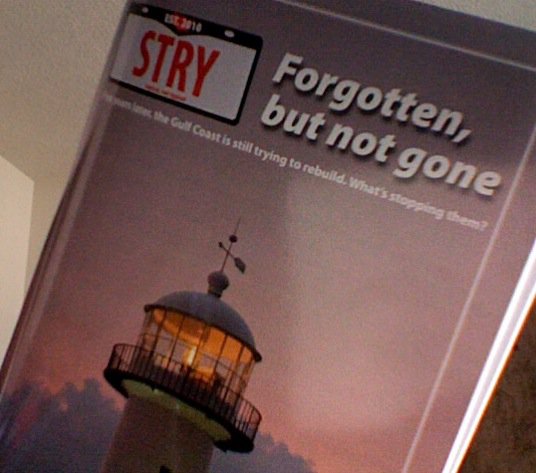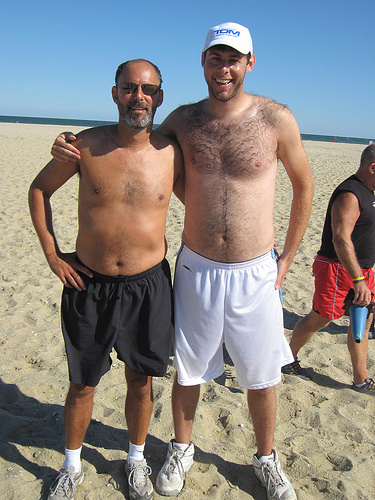I haven’t told a story about my brother, Sam, in a long time. But I wanted to tell you one today.
Sam graduated from college a few years ago, and after school, he got a job managing a restaurant in the midwest. It was a pretty small restaurant, and a few times a week, he had to stop by the bank to make a deposit for work. He started seeing the same employees every week, and to build a relationship with them, he decided to do a very smart thing: Every time he came into the bank, he brought a new joke to tell.
Over the course of a year, Sam built a reputation as “That Guy Who Always Has a Joke of the Day.” It wasn’t a big thing, but it meant that Sam had made a personal connection with the bank’s staff. They knew him, and warmly greeted him whenever he walked in the door.
Last year, he left to manage a different restaurant, and he didn’t need to go back to the bank much. But a few weeks ago, someone from the bank came into his restaurant to buy lunch, and Sam recognized them. “Aren’t you from the bank?” he asked. “Hey, it’s the Joke of the Day guy!” the bank teller said. “We’ve missed you!”
The employee told Sam that when he left, everyone at the bank was a little upset. They actually missed all those corny jokes! So they made Sam’s replacement start coming in with a fact of the day — but it wasn’t quite the same.
Here’s what I love about that story: Going to the bank is one of those tasks that’s so impersonal these days. It’s like going to the grocery store or the airport — you have to do it, but nobody’s especially friendly at those places. And yet, Sam still found a way to build a personal connection!
There are so many wonderful, simple ways ways to start building a relationship like that:
– When someone you know does something great, congratulate them! Send them an email or shoot them a text and tell them how much you loved their work.
– Send someone a birthday card, or give them a birthday call, and tell them what they mean to you.
– Forward someone a link to a story or a video, and tell them that it made you think of them.
These actions are so simple — and yet, they can be deeply meaningful. They make people feel appreciated, loved, and respected. And if you don’t get to see those people very often, a small action like that can be a simple way to stay in touch.
It never hurts to have a lot of friends in a lot of places — you never know when you might be able to open a door for friend, or vice versa. That could all start with something as simple as a joke of the day.
Well done, Sam.
———
That page from a Joke of the Day calendar comes via Amazon.








